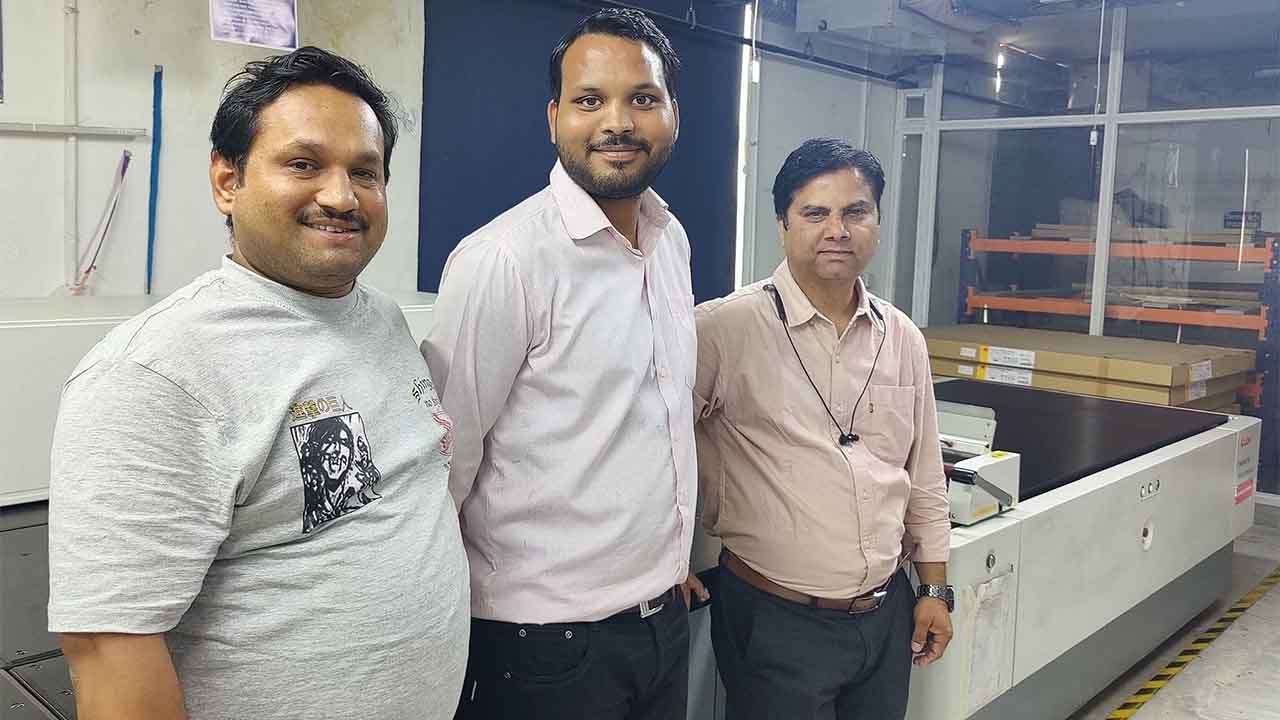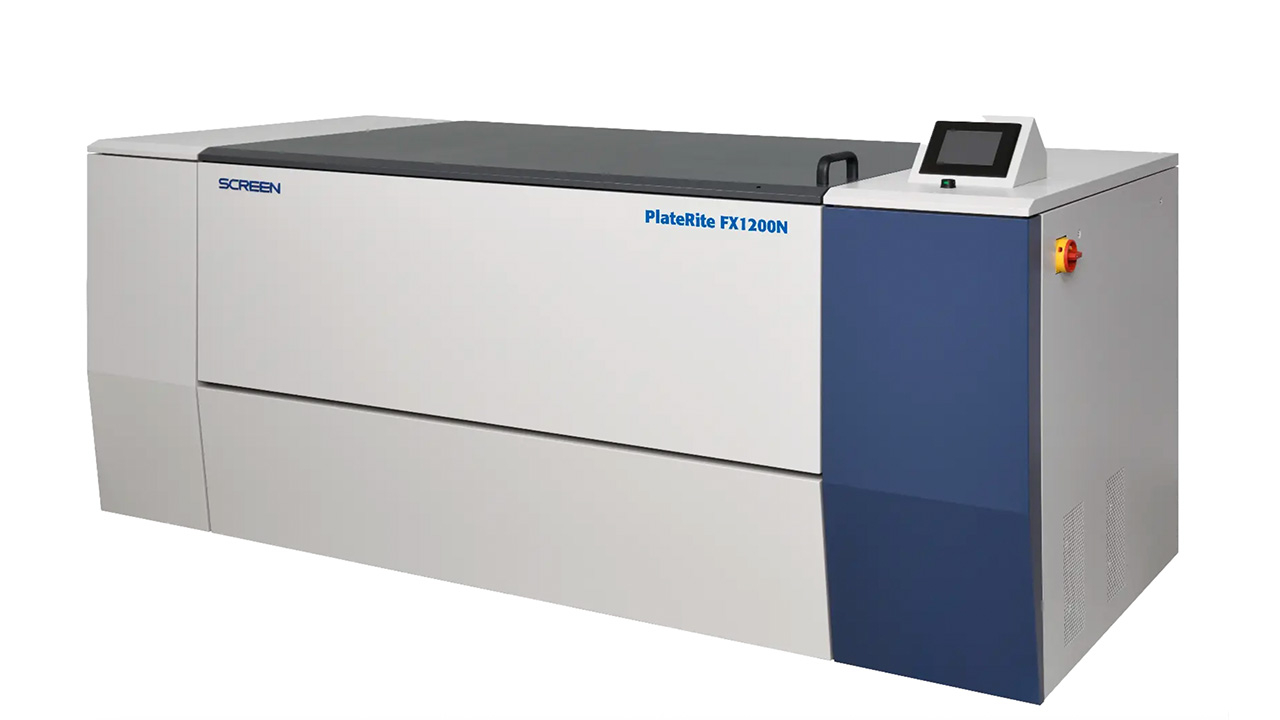Creative Graphics adds fifth Flexcel NX System
South Asian pre-press specialist also installs PureFlexo Printing and Flexcel NX Central Software from Miraclon

South Asian manufacturer of digital flexographic plates, Creative Graphics has invested in its fifth Flexcel NX System from Miraclon. It has also added PureFlexo Printing and Flexcel NX Central Software automated plate layout system from Miraclon.
Founder and CEO Deepanshu Goel said that his new Flexcel NX Wide 5080 Imager will increase production capacity substantially. In recent years, he has successfully demonstrated to converters and brands that flexo can match, and even exceed, gravure for quality as well as meet their needs for sustainable and flexible production process.
Goel embarked on his flexo journey in 2001. ‘Looking back, I think we were in the right place at the right time, just as flexo was shedding its reputation as a relatively unsophisticated process best suited to products like corrugated packaging.’ Two decades later, Creative Graphics has eight production sites across India, 425 employees and over 800 customers, including packaging producers.
The company caters to over 50 percent of India’s CI presses, stack presses and woven sack presses. The investment in Flexcel NX Central Software, which streamlines the platemaking process, has reduced manual plate layout time and improved plate utilization by around 6 percent. Additional benefits include reduced solvent usage and energy consumption, and higher productivity.
He added that gravure-to-flexo conversions are an important driver of a CAGR close to 30 percent. Changing market demands are fueling a latent demand for flexo from converters and brands. Several factors including sustainable production encouraged by the Indian government’s extended producer responsibility mandate on targets for recycling of plastic packaging waste, reuse of rigid plastic packaging and use of recycled plastic content. Flexo also enables brands to modify designs quickly with changing market dynamics, to produce shorter runs of more SKUs. Flexo plates also take up less space than gravure cylinders.
The pre-press specialist is tapping that latent demand through the new venture CG Premedia founded in 2021 as an end-to-end provider of premedia services. Goel found that converters and brands were ready to switch from gravure to flexo, but couldn’t the right guidance. CG Premedia supports customers from initial design through prepress to final production. The company actively demonstrates how existing gravure designs can be converted to flexo.
Creative Graphics installed its first imager, a Flexcel NX Wide 4260, in 2016 at its Delhi headquarters, after trials demonstrated the technology’s performance in several key areas. ‘Compared to the LAMS technology we had at the time, Flexcel NX Plates delivered better ink densities, cleaner graphics and sharper, smoother vignettes. It was also very simple to use.’
He added that Flexcel NX Plates offer consistent results meaning converters come up to color faster and have fewer unscheduled press stops. It also offers reduced ink consumption and substrate wastage.
A key contributor to Creative Graphics’ success in gravure to flexo conversion is the high quality ink transfer possible with plate surface patterning on Flexcel NX Plates, enhanced further with PureFlexo Printing. Accessed through the Kodak Flexcel NX Print Suite for Flexible Packaging, PureFlexo Printing utilizes patented plate surface patterns designed to control ink flow during printing to overcome the tendency of ink to spread or build up in unwanted areas, at start-up and throughout the run.
PureFlexo Printing has also opened new opportunities for Creative Graphics, including the potential for ECG (Extended Color Gamut) printing. It enhances the performance of Flexcel NX Plate technology with ECG printing by making the process more stable through delivering color addressability. This means that when the operator dials colors in at the beginning of the run, the colors will not shift during the print run.
Goel concluded that brands have instructed suppliers to aim for sustainable production, which means using fewer spot colors to reduce ink consumption. For converters, this saves time, machine capacity, and minimizes waste from preparing and matching spot colors, also reducing ink storage. While brands are currently cautious about their unique colors, but he believes they will become more adaptable to new technologies over time.
Stay up to date
Subscribe to the free Label News newsletter and receive the latest content every week. We'll never share your email address.

